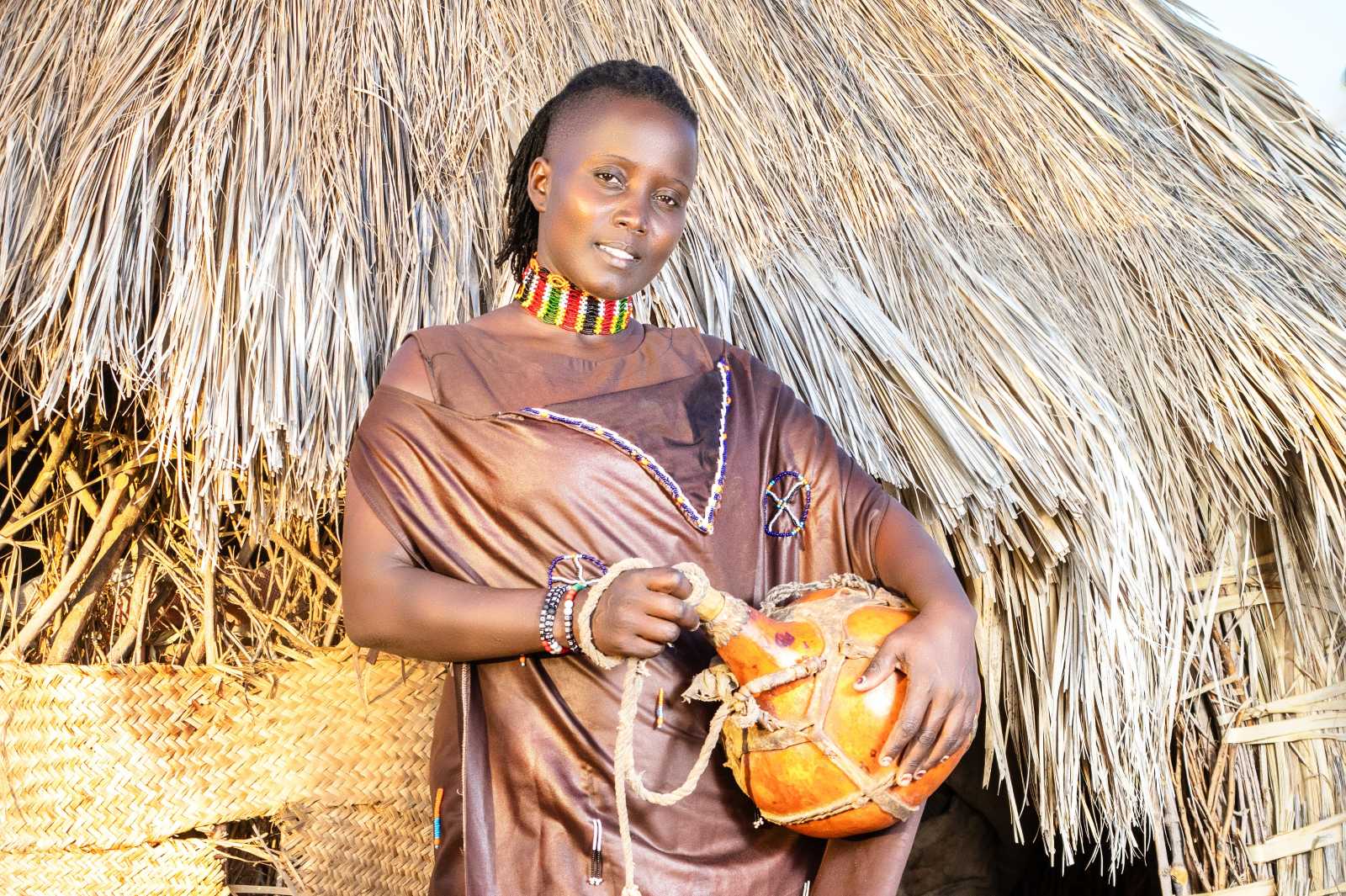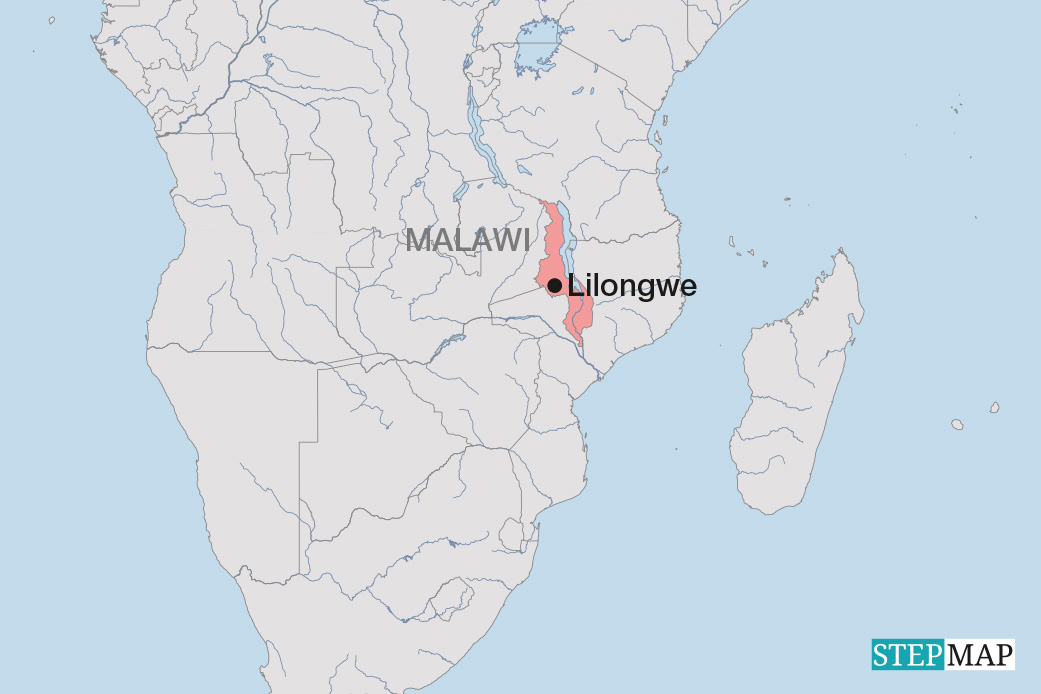Environmental recovery
A campaign to plant more trees in Kenya

The vegetation-restoration project is a joint initiative by government and other partners. The aim is to plant 15 billion trees on approximately 10.6 million hectares of land throughout the country, what will cost an estimated $ 5 billion.
Kenya’s president William Ruto has thrown his weight behind this initiative as his government continues to find solutions to adverse effects of a prolonged drought that undermines food production in the country. “Forests and trees regulate temperatures and water flows,” Ruto stated, while launching the initiative in December 2022. “They also conserve biodiversity, provide habitats for wildlife and enhance the resilience of communities to climate change. Their potential to serve as carbon sinks offer tremendous climate-change mitigation capacities,” he added.
It has not been hard to convince Kenyans about the importance of planting trees. The country has faced a debilitating drought which claimed lives of people and livestock. For people like 42-year-old Sophia Wairimu, a farm owner in Kenya, the effects of climate change have become imminently felt in day-to-day life, prompting her urge to act.
Whereas Wairimu has always known about the need to have trees, she had never planted any on her three acres of land at the outskirts of Naivasha, north of Nairobi. Considering the new campaign, she has felt that it is now time to act. “Since January this year, I have planted at least 100 trees,” she says. “Some of them are fruit trees, while others will serve as fencing, and others will give us timber or firewood in years to come.”
Many Kenyans are complicit in carrying out deforestation without planting any new trees. Now, they are beginning to see the impact of their unsustainable lifestyle. Recalling her younger days, Wairimu says that her neighbourhood is a good example of how people have cut trees and cleared forests to pave way for construction of homes and infrastructure.
Kenya is an important country in the global efforts to achieve climate justice and counter climate change. It is the seat of the United Nations Environmental Programme (UNEP), and it is rightly serving as an example for other countries on the continent and beyond with this tree planting initiative.
The government has rightly recognised that efforts to mitigate climate change are not just a responsibility of the state, but that also collective action of individuals and organisations is needed. Therefore, Kenyan leaders are calling on all nationals and residents to plant at least 30 trees a year each. In a decade, each person could have contributed at 300 trees.
“I feel that I am part of a joint initiative, and it is my hope that everyone shall plant trees and make a difference,” Wairimu says. “Hopefully, we shall have many trees in the landscape soon, just as it used to be when I was a little girl.”
Joseph Maina is a freelance writer based in Naivasha, Kenya.
mainajoseph166@gmail.com














